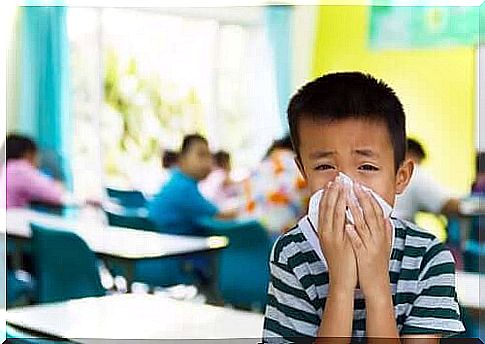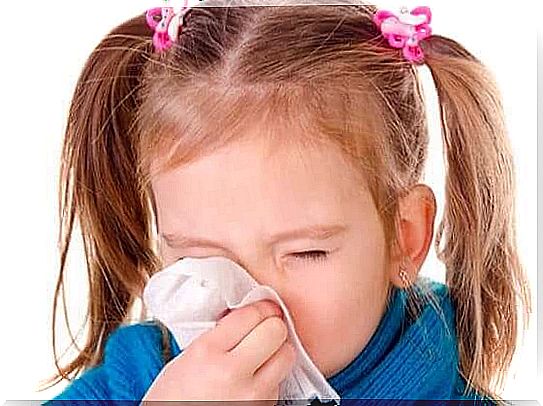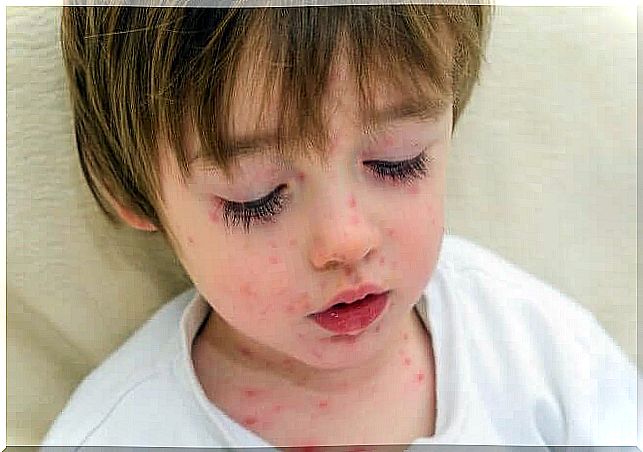7 Infectious Diseases Of School Children

When starting school, a child is increasingly exposed to a variety of communicable diseases, some of which are easier to treat than others. Many infectious diseases can be effectively prevented through vaccinations and good hand hygiene. Next, we list seven common infectious diseases of school-age children.
7 infectious diseases of school-age children
1. Chickenpox
Chickenpox is a highly contagious fever caused by the chickenpox virus, which is a disease that affects almost all non-vaccinated individuals. The majority suffer from chickenpox in childhood and often even before school age. In children, the disease is usually mild, while in adults it can be more severe. Most affected children experience general symptoms such as fever, loss of appetite, and fatigue, in addition to which reddening and itchy bumps appear on the skin, which quickly turn into blisters.
2. Abdominal disease
Most diarrheal and vomiting diseases in children are caused by viruses. They are often contracted as an epidemic because they are easily transmitted both as a droplet infection and through the hands. Symptoms of stomach disease include abdominal pain, vomiting and diarrhea, in addition to which the child may have fever, headache and muscle aches. The symptoms usually go away on their own within a few days, and the most important thing is to take care of the child’s fluid balance during this time.

3. Conjunctivitis
Conjunctivitis, or conjunctivitis, is colloquially known as ocular inflammation and refers to redness and inflammation of the conjunctiva. The conjunctiva is the outer part of the eye that covers the white part of the eyeball. The most common symptoms of conjunctivitis are itchy eyes, blurred vision, blurring, and watery eyes. Conjunctivitis can be caused by a bacterium, virus, or fungus, and can be caused by an allergic reaction, mechanical irritation, or dry eye. Only conjunctivitis caused by a bacterium or virus can be transmitted from person to person.
4. Bronchitis
Acute bronchitis is almost always a viral inflammation of the trachea and bronchial mucosa. It’s actually the same thing as a cough, but it’s also often accompanied by upper respiratory symptoms like hoarseness, runny nose, and sore throat. Bronchitis often begins as a flu and is caused by the same viruses as the common cold. Viral bronchitis, like the flu, is transmitted as a droplet and contact infection, while less common bacterial bronchitis is not transmitted.
5. Measles
Measles virus is one of the most contagious viruses. It causes measles, which is a common infection, an inflammatory condition of the whole body that can cause even severe sequelae. In the past, almost all children contracted measles, but today the MPR vaccine provides very good protection against the disease, and measles is a very rare problem in Finland today. In our country, up to five cases of measles are typically diagnosed each year, and even in them, the infection has been acquired abroad. However, WHO still considers measles to be one of the biggest communicable diseases.

The primary symptoms of measles are fever and respiratory symptoms, in addition to which the eyes may become red and light lines. A red rash erupts 3-5 days after the onset of the first symptoms and lasts for more than a week. The rash begins in the area of the head, from where it progresses to the body and limbs. Recovery begins a few days after the rash. Measles is usually a mild and self-healing disease, but it can also be associated with complications. Consequences occur especially in children under 5 years of age, adults over 20 years of age, and individuals with impaired resistance.
6. Mumps
Mumps is an inflammation of the salivary glands caused by paramyxovirus. Like measles, mumps was a very common disease before vaccinations were started. Almost every child at that time contracted mumps during their first years of school. Mumps is now prevented with the same MPR vaccine as measles. Mumps begins with fever and headache, and is typically characterized by swelling of both salivary glands that begins under the ears and spreads toward the corner of the lower jaw. In about a third of patients, the symptoms are so mild that the disease cannot be distinguished from the common cold.
7. Lice
Lice are not an actual disease, but a moderately common concern in kindergarten and school-age children. Head lice are 2-3 millimeter-sized parasites that live in human hair and feed on the blood they suck from the scalp. They spread easily among children and cause itching and irritation of the scalp. Lice infection is obtained either in direct contact or, for example, through clothing or a brush.









